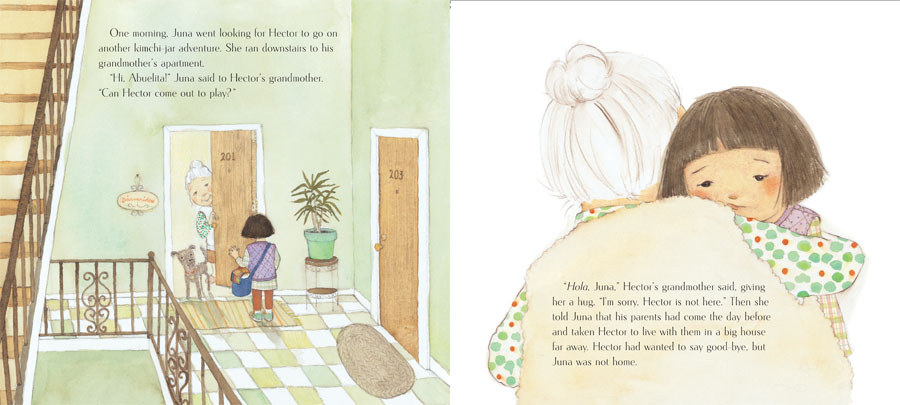Girls to the Rescue
Written by Sowmya Rajendran
Illustrations Ashok Rajagopalan
Published by Tulika Books
Ages 6-99
Most children grow up on a regular diet of fairy tales. Take any one of these fairy tales, and we usually have a sweet and fairly helpless female protagonist at large, saved from herself or her situation by the Prince Charming. The prince then asserts his rights to the lady and of course, we have a suitably happy ending.
Along comes this book that puts paid to these stereotypes. The author re-tells The Frog Prince, Rapunzel, Snow White and the Seven Dwarfs(Grimm Brothers), Cinderella, Sleeping Beauty, Red Riding Hood (Charles Perrault). These girls are not the wilting, submissive, good girls of yore, but strong, real, and intelligent human beings who want to do their own thing, know what they want, and go ahead and do it. Busting of stereotypes is not limited to these princesses alone in these fairy tales placed firmly in contemporary times. So it is not the wicked witch who imprisons Rapunzel in the tower, but her father, a patriarch who had issues with his astronaut wife's chopping off her hair, without his permission, before she went on a mission to the moon.
The stories, as they are narrated, have a timeless feel to them, equally enjoyable to young readers, and to older ones - teenagers, young adults, and adults. Simple enough that a 6 year old might enjoy the narration, yet profound enough that older readers might find layers that mean different things to them. Case in point is the story of Red Riding Hood, that had my 14 year old initiating a serious discussion on the perils of charming but dangerous people, and the action the grandmother takes at the end.
The cover page gives a foretaste of the quirky illustrations by Ashok Rajagopalan inside, that perfectly compliment Sowmya Rajendran's witty text. Just what one would expect from the well-loved creator of Gajapati Kulapati and the Thumb Thumb books.
A must-add to a little one's library that will be treasured well into adulthood.
A must-add to a little one's library that will be treasured well into adulthood.
Disclaimer: I received a review copy of this book from the publisher; the opinions expressed in this review are, however, my own.
Image courtesy: Tulika books.









